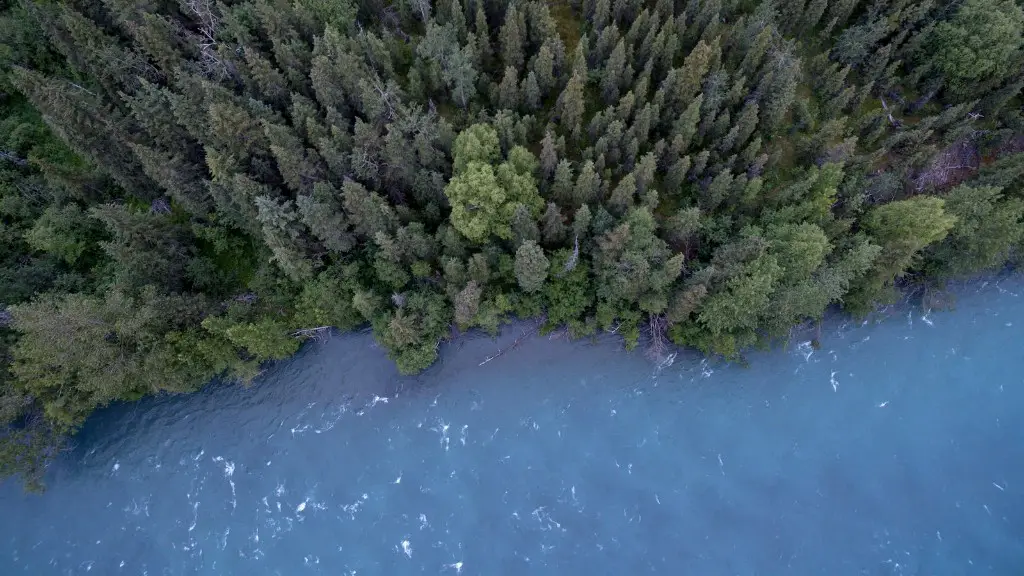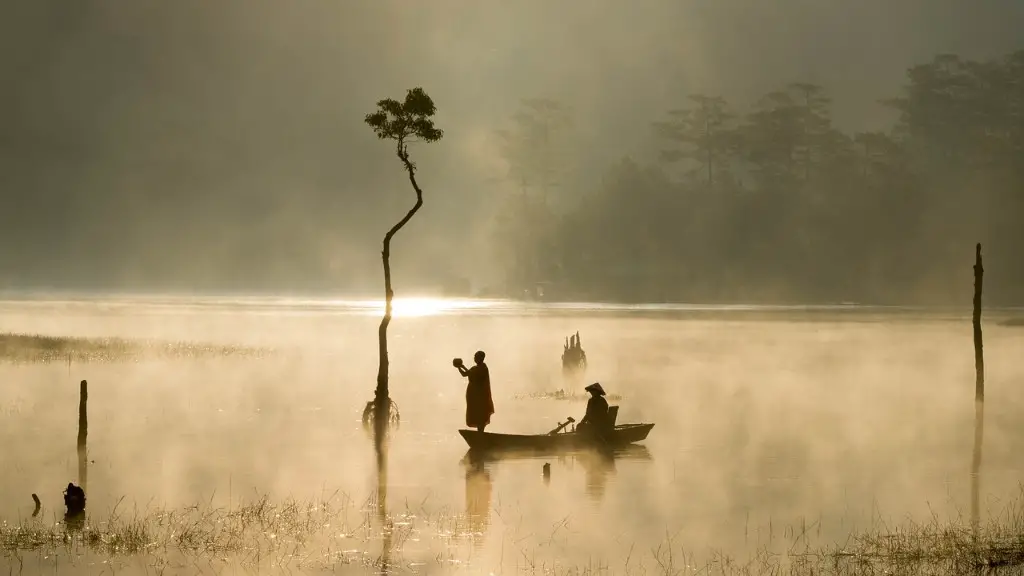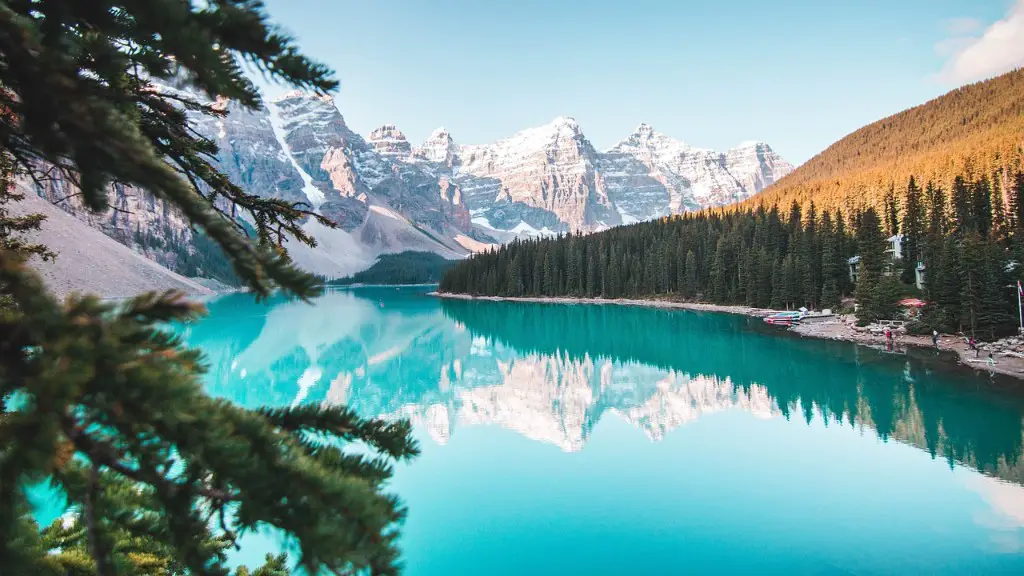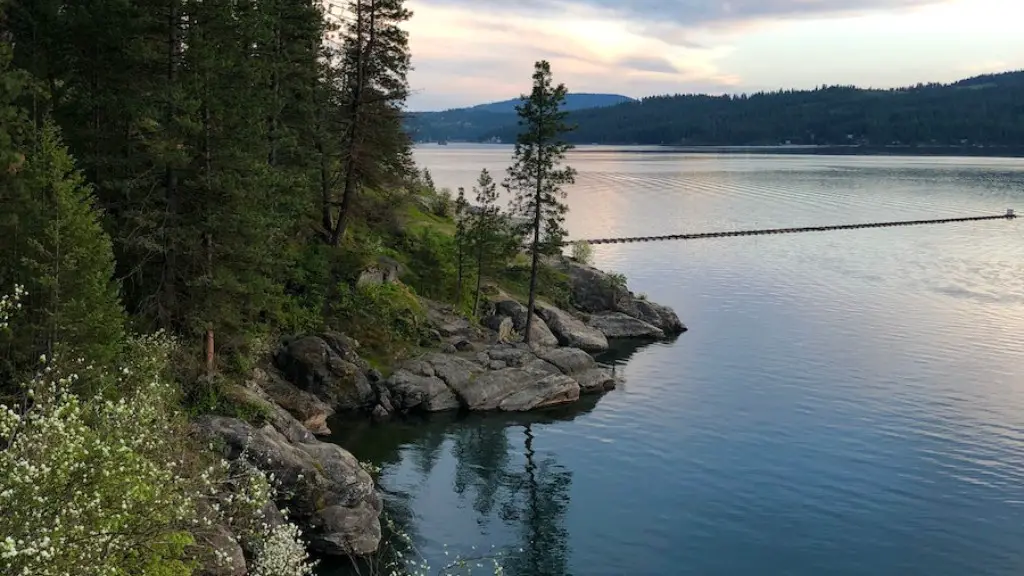Where Is Lake Superior Provincial Park
One of Ontario’s most treasured provincial parks, Lake Superior Provincial Park, is situated on its namesake lake. Located in the Algoma region, the breathtaking park offers visitors an abundance of outdoor activities to explore and enjoy. Boasting nearly 1,550 square kilometers of stunning parkland, visitors to this incredible destination will discover a stunning landscape of rugged cliffs and pine-studded hills, vast stretches of rocky shoreline and lush green inland forests. It is here that the awesome power of nature can be experienced in its full glory, from thundering waves to magnificent sunsets.
In addition to its unspoilt landscape, the park is home to a remarkable array of animal and plant life. Species of birds including Bald Eagle, Belted Kingfisher, red-breasted Merganser, Black-capped Chickadee and Winter Wren can be spotted in the park’s sky and nestled in its aquatic zones. The native woodland animals, like the Moose, Black Bear and the woodland caribou, can also be seen roaming in the park’s lush forests. It is also home to one of the largest stands of old-growth forest in the province.
Visitors to Lake Superior Park will find a wealth of scenic trails, vistas and lookouts, with plenty of opportunities to experience the region’s unparalleled natural beauty. From canoeing or kayaking, to viewing the magnificent night skies, to camping overnight, there truly is something for everyone in this magical park. There are plenty of hiking trails for all levels of experience, from the easy-going Red Rock Trail to the challenging Kapuskasing Trail. And for those who seek a relaxing evening, the park also features many lakeside campgrounds and picnic areas to enjoy.
The park also boasts an incredible array of cultural and historical attractions. Visitors can explore magnificent pictographs and agates, alongside ruins of cabins and settlements that used to be home to early settlers. The Agawa Rock Pictographs, a National Historic Site, are also located in the park and are amongst the most famous rock paintings in North America. Other attractions include a nature center, interpretation classes and guided tours, which give visitors the opportunity to learn more of the fascinating natural and cultural history of the area.
The park remains a great place to visit year round, and is open to both day visits and overnight camping trips. Admission is charged upon entry, with the additional fee to canoe, kayak or camp. For detailed information on the park and its features, visitors can visit the park’s website or contact the park visitors center.
Geology of Lake Superior Provincial Park
The geological history of Lake Superior Provincial Park dates back millions of years, when vast oceans and inland seas filled the area. During this time, sediment from these ancient seas formed beds of sandstone, siltstone and shale, which now cover vast areas of the park.
The varied topography of the park has been created over time by the combined power of water, ice and wind. The glaciers that once covered the region during the Ice Ages changed the face of the area forever, carving out valleys, hills and ridges that form the park’s unique environment. Even today, wind and waves shaped by the lake still shape the shorelines and valleys of the park.
For geology enthusiasts, the park offers some truly breathtaking sights, from the mighty cliffs that line the shore, to the tranquil inland streams and waterways. For those interested in investigating further, the park provides many scientific field trails, which offer a chance to explore the rocks, fossils and minerals of the region. With such an incredible geological history, visitors are sure to discover something new and exciting in this stunning provincial park.
Wildlife of Lake Superior Provincial Park
The wildlife of Lake Superior Park is rich and varied. The park is home to a vast array of both avian and terrestrial species, many of which can be spotted in their natural habitat. Woodland birds including orioles, jays, chickadees and wrens can be found, as well as many species of waterfowl. In addition, birders can also spot Bald Eagle, Red-breasted Merganser, Black-headed Grosbeaks, Barred and Black-backed Owls and Boreal Chickadees.
For those interested in observing the area’s many mammal species, the park boasts impressive populations of White-tailed Deer, Moose, Red and Gray Foxes, Weasels, River Otters, Black Bears and Coyote. Visitors to the park can also spot smaller species like chipmunks, squirrels and groundhogs. Both the American Marten and the Least Weasel are listed as species of special concern in Ontario, and can be seen in the park’s backwoods.
In addition to its impressive variety of mammals and birds, the park is also home to a number of reptile and amphibian species. These include species of frogs, salamanders and turtles, such as the spotted turtle, Midland Painted Turtle and the Northern Map Turtle. Snakes are also found here, with the most common species being the Eastern Gartersnake, Northern Watersnake and Eastern Ribbon Snake.
Fishing in Lake Superior Provincial Park
One of the most popular activities in the park is fishing. Home to some of the wildest and untouched fisheries in the province, anglers can cast their lines in the hope of catching trout, bass, salmon and pike. Visitors can also fish for a variety of different pan fish species, such as perch and walleye.
Whether you are an experienced angler or a novice looking to learn the basics, Lake Superior Provincial Park can provide a great opportunity to try your luck. With its abundance of natural beauty, fascinating wildlife and tranquil waters, it is sure to be an unforgettable journey into the great outdoors.
Fishing permits are required to fish in the park. These are available for both day and overnight trips, and can be purchased at the gate. Visitors can also choose to rent a fishing boat or canoe from the park, and visit the fishing lodges and shops that are located throughout the region.
Weather in Lake Superior Provincial Park
The climate of Lake Superior Park varies significantly throughout the year. During the summer months, temperatures can range from the high twenties Celsius to the mid-thirties Celsius. The cooler temperatures of spring and fall still provide ideal conditions for a variety of outdoor activities, while winter is also an excellent time to explore the park. During winter, the temperatures can drop to extreme lows of minus 15 Celsius and furious snow storms are common. While winter in the park can be harsh, it is also a magical time; with the snow-covered landscape and Northern Lights illuminating the night sky.
As the weather can be unpredictable, it is always advised to check the forecast before heading out and to be prepared for sudden changes in weather and temperature. Visitors should pack accordingly, with clothing and equipment suited to the region’s climate.
Conclusion
From majestic cliffs and ancient forests to spectacular wildlife and fisheries, Lake Superior Provincial Park truly has something for every outdoor enthusiast and nature lover. With its many attractions and activities to explore and enjoy, it is no wonder it remains one of Ontario’s favourite parks. So if you’re looking for an amazing adventure this summer, then come and explore one of Canada’s most remarkable and beautiful parks at Lake Superior Provincial Park.




